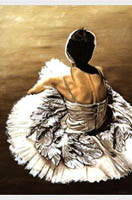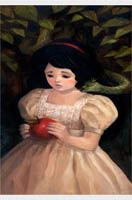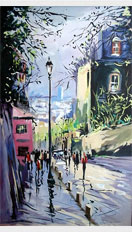MONA LISA:
The "Mona Lisa" is one of the most famous and enigmatic oil paintings in the world, created by Leonardo da Vinci between 1503 and 1506, though some experts suggest that Leonardo may have continued working on it until as late as 1517. This portrait, housed in the Louvre Museum in Paris, has captivated viewers for centuries, not only because of its technical brilliance but also due to the mystery surrounding the subject's identity and her elusive expression.
EXCELLANCE OF THE PAINTING:
The "Mona Lisa" by Leonardo da Vinci is widely considered a masterpiece of oil painting, celebrated for its technical brilliance and enigmatic expression. The painting's use of sfumato, a technique that blends light and shadow seamlessly, gives the subject a lifelike, three-dimensional appearance. Leonardo's mastery of chiaroscuro (contrast between light and dark) enhances the painting's realism, making it appear as though the figure is alive.
The mysterious smile and subtle changes in her expression, which seem to shift depending on the viewer's perspective, contribute to the psychological depth of the painting. This ambiguity, combined with the harmonious composition of the subject and background, invites endless interpretations.
Leonardo's understanding of anatomy and human form is evident in the figure's natural proportions, while the background, with its winding paths and distant mountains, adds to the sense of depth and calm. The painting's cultural impact and timeless appeal have made it an enduring symbol of art, influencing generations of artists and continuing to fascinate viewers worldwide.
MONA LISA
PSYCHOLOGICAL DEPTH:
The painting captures not just a likeness but a deeper sense of personality and emotion. The soft, contemplative expression of Mona Lisa conveys complexity and humanity, elevating portraiture to an art form that explores inner life.
NATURALISM AND DETAIL:
Da Vinci's attention to detail, particularly in the textures of the skin, fabric, and landscape, shows his deep understanding of anatomy and the natural world. The folds of the drapery and the naturalistic rendering of the hands and face are extraordinary for their time.
ABOUT THE AUTHOR:
http://www.reviewpainting.com/Leonardo-da-Vinci.htm







